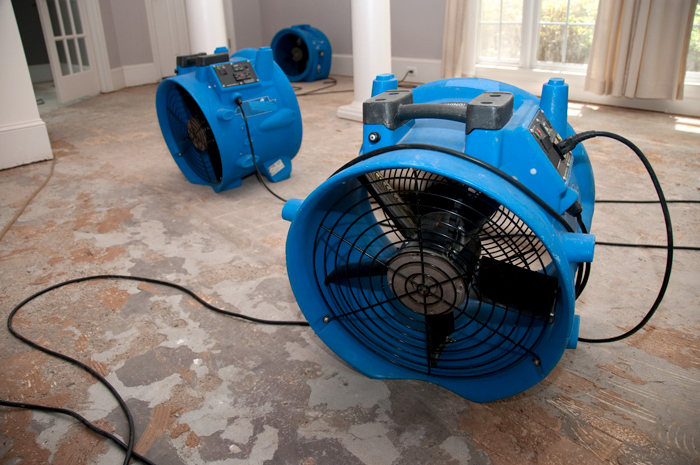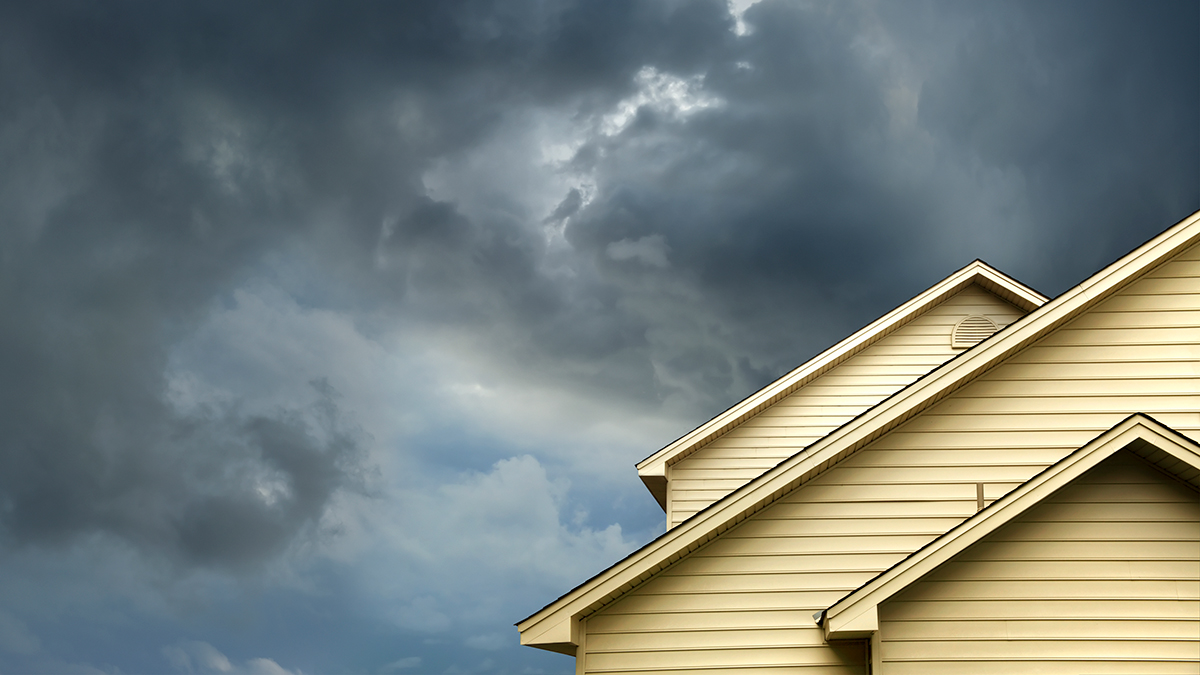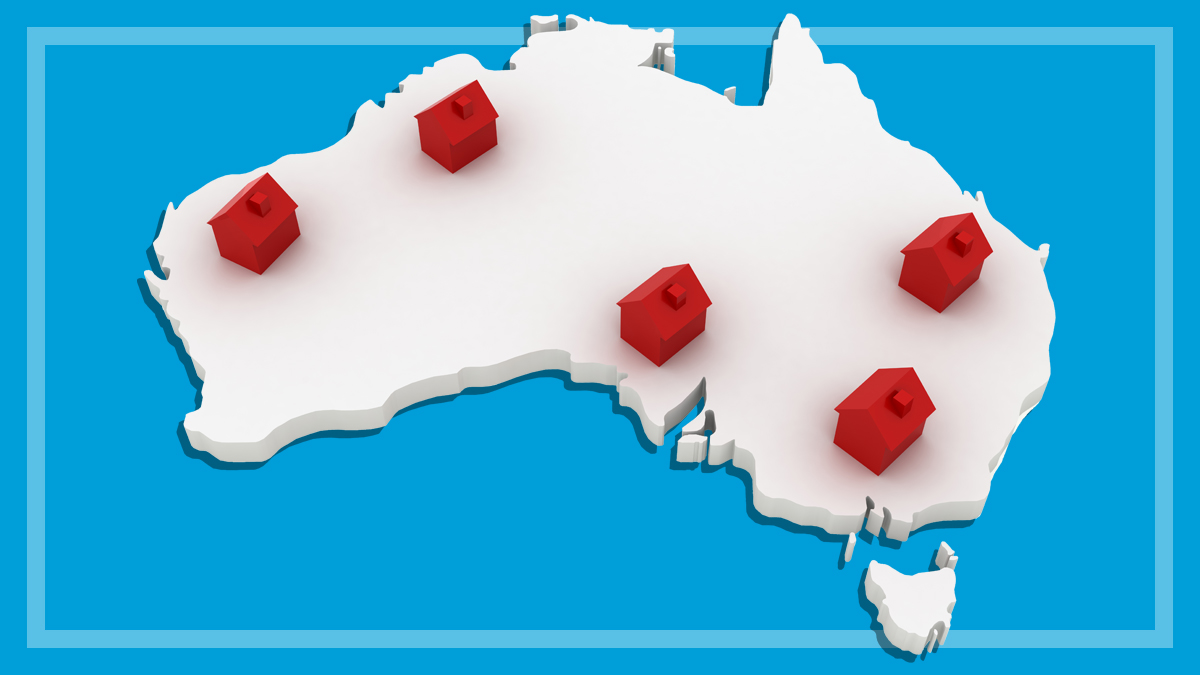Get our independent lab tests, expert reviews and honest advice.
5 surprising things that aren’t covered by your home and contents insurance

Part of our insurance experts’ job here at CHOICE is to scrutinise the complicated terms and conditions within home and contents insurance policies.
One of the biggest lessons we’ve learned when it comes to insurance cover is never to assume anything.
Requirements and conditions vary drastically between policies so it’s vital to understand what you are and are not covered for and, if you’re unsure, check with your insurer.
Here are five scenarios where you might assume you would be covered under a home and contents insurance policy, but actually often aren’t.
1. Pet damage
Got an anxious dog who shredded all your internal doors during a storm? Surely your insurance will cover it, right? Errr, no.
While you might have animal damage listed on your insurance policy, it’ll probably come with a host of exclusions – one of which is damage caused by your own pets. Insect damage is also often excluded, so you’d better hope for no locust plagues in your area, either.
Some insurers offer optional extras like pet damage or accidental damage, but they’ll cost you more and they also come with a long list of exclusions.
You might only be covered for a wild animal that gets trapped in your home. Or your insurer might exclude chewing, pecking, scratching and soiling
Daniel Graham, CHOICE insurance expert
“Many policies include cover for animal damage, but usually exclude damage caused by your own pet,” says CHOICE home insurance expert Daniel Graham.

“Animal damage cover often comes with a list of exclusions. For example, you might only be covered for a wild animal that gets trapped in your home. Or your insurer might exclude chewing, pecking, scratching and soiling.
“If you want to cover pet damage, you’ll usually have to upgrade your policy to include accidental damage cover. Even then many insurers simply won’t cover it, so check your policy documents before you buy.”
So what can you do if Fido trashes the house? Not much, really. Chalk it up to just one of the costs of owning a pet.
2. Leaving your home uninhabited
Planning the trip of a lifetime? You might have your travel insurance organised, but do you have your home and contents insurance in order?
There’s often a clause in insurance policies stating that if you’re away from home for an extended period of time (usually 60 days or more), then you need to tell your insurer. If you don’t tell them, they might not cover you if something happens to your home during that time, and they may advise that you have to pay an additional excess to maintain coverage while you’re away.

Some insurers have more generous time periods – 90 or 180 days in some cases – so it’s important to double-check your insurance policy. Your best bet is to contact your insurer directly when you’re planning your trip so you know exactly what the deal is.
Being absent from your home also includes situations such as moving out while your house is being renovated. For example, if you leave your home unoccupied while there is a big hole in the side of the house, this could void your cover.
“Insurers usually require you to tell them if your home is going to be unoccupied, or undergo substantial renovations,” Daniel says.
“Any time there are going to be big changes like this to your home it pays to check your product disclosure statement to see what you need to disclose.”
3. New for old replacement
Say you’ve had a break-in or damage to your home, and you’re lodging a claim to replace expensive items that were stolen or damaged. Before you start researching a new iPad to replace your old one, double-check your insurance policy.
Your insurer may not pay for you to replace some of your old items with new ones – for a phone you could be offered a refurbished model, while you might get the market value of a destroyed piece of art, rather than a replacement.
Insurers also tend to have exclusions to new for old contents cover, so it pays to know what you are and aren’t insured for before you get your hopes up about replacing your laptop or phone with a brand-new one.
For a phone you could be offered a refurbished model, while you might get the market value of a destroyed piece of art, rather than a replacement
Some insurers exclude computers over a certain age from new for old cover (four years is often the limit). Others exclude things like art, memorabilia and antiques. Carpets over ten years old are another common exclusion, as are clothes and linen that are stored away or no longer used.
“The things that get excluded from new for old cover usually fall into the too-hard basket for insurers,” Daniel says.
“How do you buy a replacement antique? What would be the point of replacing an old, run-down PC with one that has identical specs?
“In these cases the insurer might instead pay you the market value of the item.”

4. Ocean flooding
You might have insurance for flooding, but if you live in a coastal area and your property is close to the ocean it’s worth finding out exactly what that means. You’re probably not covered if the water comes from the sea, rather than rivers. Think high tides, storm surges and tidal waves.
These events are called “actions of the sea”, and most insurers don’t cover them. Others may cover storm surges only if your property is also damaged by a flood, or if the surge is caused by a cyclone.
Obviously these types of events are only a problem if you live right by the sea, but if you do, make sure you find out exactly what you’re covered for and under what circumstances, so you don’t get caught out during big storms or unusually high tides.
5. Existing damage and general wear and tear
Home and contents insurance policies cover many things, but it’s important to understand that they don’t offer catch-all protection for every single bit of damage to your home or possessions.
It helps to think of insurance as cover for a specific list of situations, not for every single eventuality.
If your roof has collapsed due to an incident like a storm or fallen tree, then you’ll likely be covered. But if it’s fallen in because it hasn’t been maintained, or due to an existing issue with the structure, your insurance policy won’t pay out.
Likewise, if your home is flooded by a burst pipe, your insurer will want to know why the pipe burst in the first place. If it was due to faulty workmanship, or if a leak caused the damage over time, you won’t be covered.
It might seem obvious but don’t just assume that you’re covered. Before you even take out a home and contents insurance policy, make sure you’re 100% clear on what’s included and under what circumstances.
CHOICE tip: If your current insurer doesn’t give you the cover you want, shop around to find another insurer who will. It’s also a good opportunity to compare your current premiums with those from different insurers. CHOICE research shows that Australians could save more than $1000 a year just by switching insurers.






